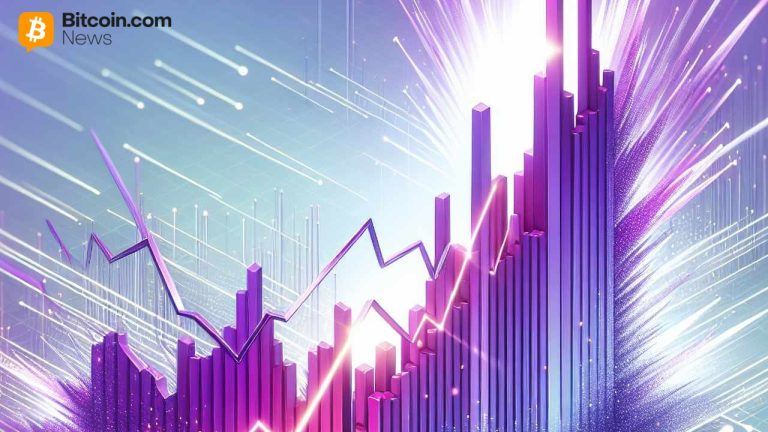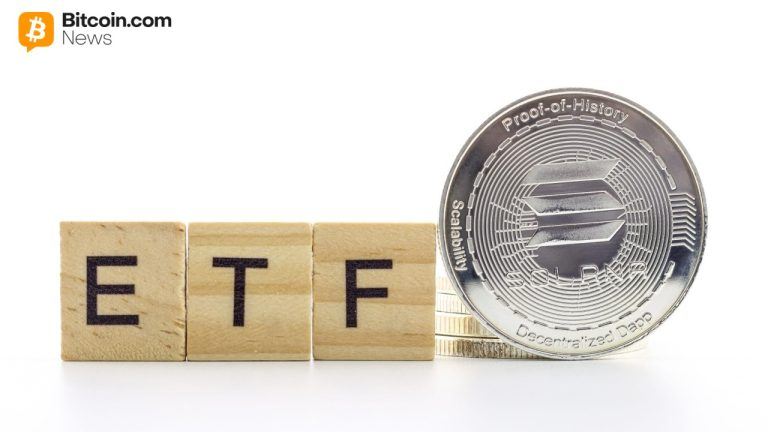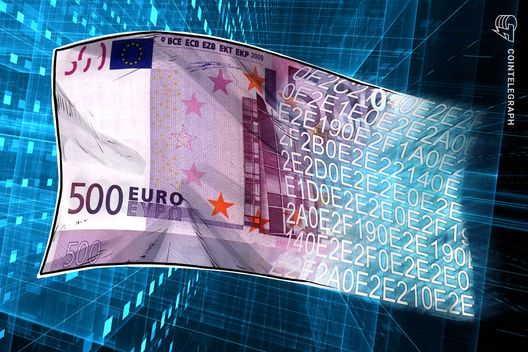Analysts agree: 25 bp Fed hike as rates will stay higher, longer
5 min read
While the market still expects the Federal Reserve to pivot and cut interest rates this year, analysts firmly believe it will stick to its higher, longer narrative.
It will be a “hike and hold scenario,” according to Tony Welch, chief investment officer at SignatureFD, who sees a 25 basis point increase at this meeting (which would bring rates to a range of 4.5% to 4.75%) and another 25 bps at the March meeting before the Fed pauses.
“The Fed will take what the market gives it,” he added. “Fed officials know that inflation is on the way down and that would be true even if we get higher commodity prices in the near-term.”
Despite that, the hawkish tone will remain, Welch said, “as it remains important for them to keep future inflation expectations well anchored.”
He sees it as a 50-50 shot whether there’s a mild recession or no recession this year. “In any other cycle, a recession would be almost completely baked in,” Welch said, “but this far from a normal cycle.”
In addition to a strong labor market, he pointed to rising real disposable income, saying money from “pandemic stimulus has not yet been spent down, and there is potential pent-up demand for corporate investment.”
The biggest risk, Welch said, is the Fed “tightening too much for too long,” which he doesn’t foresee happening this year.
Ryan Swift, U.S. bond strategist at BCA Research, agrees it will be two quarter-point increases then a pause. With the market pricing in 55 bps of rate cuts in the second half, he said, “bond yields have some upside in a positive economic scenario where the Fed holds the policy rate stable between March and December. That said, we estimate that potential bond losses are limited in such a scenario and gains are potentially large in a recessionary scenario where the Fed moves quickly toward cutting.”
“As long as the labor market remains strong,” said Dan Gerard, senior global multi-asset strategist at State Street, “the Fed will not pivot, thus being content with a higher for longer strategy.”
Treasury yield volatility will remain, according to Bill Merz, director of fixed income at U.S. Bank Wealth Management, “because a gap exists between the Fed’s policy projections and investors’ expectations of 0.50% interest rate cuts in the second half 2023.”
“The Fed will likely be pleased with the pace of inflation deceleration,” said Gary Pzegeo, head of fixed income at CIBC Private Wealth U.S.
Despite slowing wage increases, the Fed will see them “at an uncomfortably high level,” he added. “We are also expecting Powell to lean against the current ‘easy’ level of financial conditions and to reiterate the Fed’s intent to keep rates in restrictive territory longer than where the market currently expects.”
Don’t expect the Fed to change its refrain, said Christian Scherrmann, U.S. Economist at DWS Group. In its post-meeting statement, the Fed “will still insist that policy is going to tighten.”
Although the Fed is done with the larger rate hikes, “to see the smaller rise in rates as a dovish pivot would be to misread the cards the Fed is playing,” he said.
Even though inflation is waning, Scherrmann said, “there are still plenty of reasons why the Fed must stay hawkish,” most importantly “robust” labor markets, which translate into higher wage growth, despite “some welcome loss of momentum” recently. “The Fed seems to expect the robust labor market to persist in the short term — even though economic momentum is expected to cool further, and the first layoffs are being communicated by large firms.”
The Fed will raise rates to a level “somewhere above 5%,” he said, making rates “sufficiently restrictive.” In his press conference, Fed Chair Jerome Powell’s job will be “to convince markets that rates will remain high for a prolonged period — something Fed officials have mentioned frequently.”
The markets expect rate cuts this year and “this could well mean that the upcoming meeting will generate market disappointment,” Scherrmann said.
David Petrosinelli, senior trader at InspereX, said the quarter-point rate hike at the coming meeting “is a foregone conclusion,” while he sees the March meeting as a “wild card,” with another 25 basis point hike or the start of a pause.
With rates near 5%, the Fed could see “a clear path to 2% inflation even if they don’t hit 2% by yearend,” he said.
While the Fed is pushing the higher, longer narrative, Petrosinelli said, “the yield curve says the market is not buying it.”
The Fed’s pattern after a hiking cycle has been to take back part of the increase, he noted. “We’ll have to wait to see if the Fed follows that pattern with a rate cut by yearend.”
While a soft landing is possible, Petrosinelli said, “I don’t know we’ll crash and burn. A couple quarters of negative growth is a distinct possibility,” adding, “there’s still strength in many parts of the economy.”
But the BNP Paribas Markets 360 team expects a 5.25% terminal rate, which means four rate hikes this year.
“We think the Fed’s overarching message will be one of acknowledging a weakening economy while simultaneously pledging to ‘stay the course’ and maintain restrictive policy until inflation is convincingly on its way back to target,” said BNP Chief U.S. Economist Carl Riccadonna, U.S. Economist Andrew Schneider, Senior U.S. Economist Yelena Shulyatyeva, and Rates Strategist Timothy High.
And while the Fed will signal more rate hikes, they said, it “will be relatively more cautious than when it was in catch-up mode last year.”
Powell may be more inclined to discuss a soft landing in his press conference, “but will likely emphasize that inflation remains the Fed’s top priority,” they added.
The Fed will hike 25 basis points at this meeting and again in March before pausing, said David Page, head of Macro Research at AXA IM. “We forecast a mild recession to begin in 2023.”
In addition to the rate hike this week, John Vail, chief global strategist at Nikko Asset Management, sees “a significant chance of another rate hike” in March.
“The Fed is likely watching gasoline prices rise with some concern, and may wish to see if December’s weak macro data was greatly weather-related, such that January’s greatly rebound, but it has plenty of time before the next meeting to absorb the various macro data required to make March’s decision,” he said.







